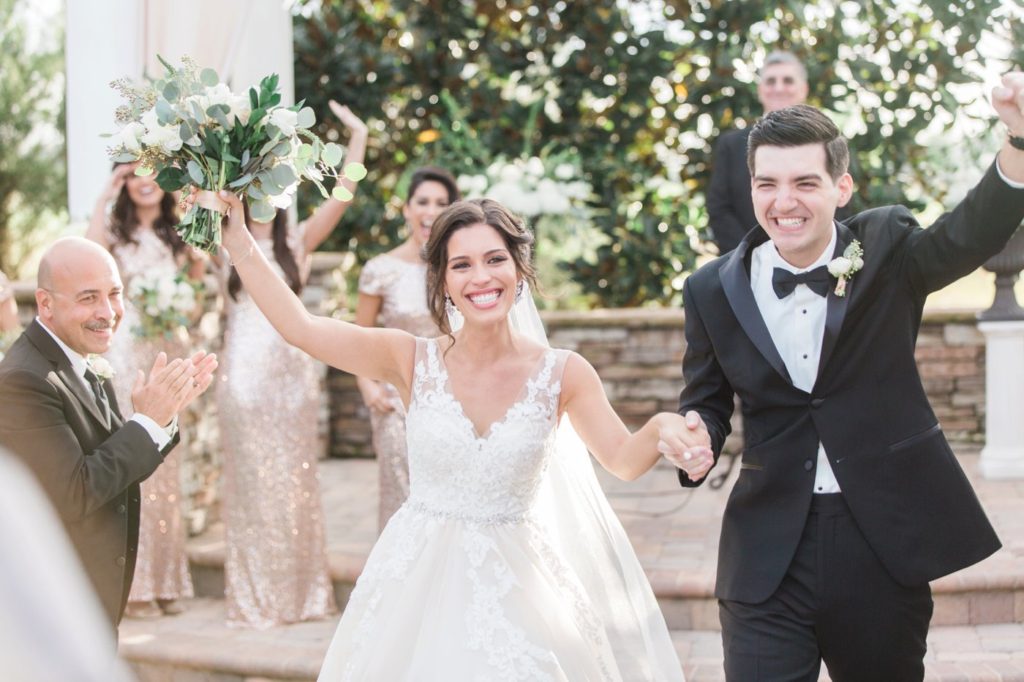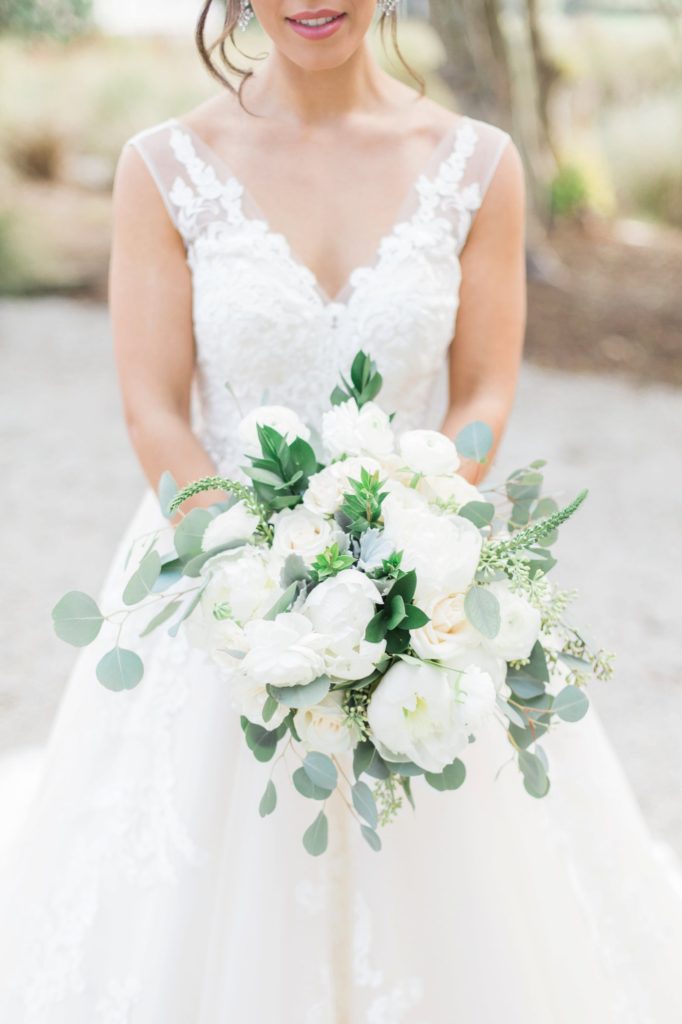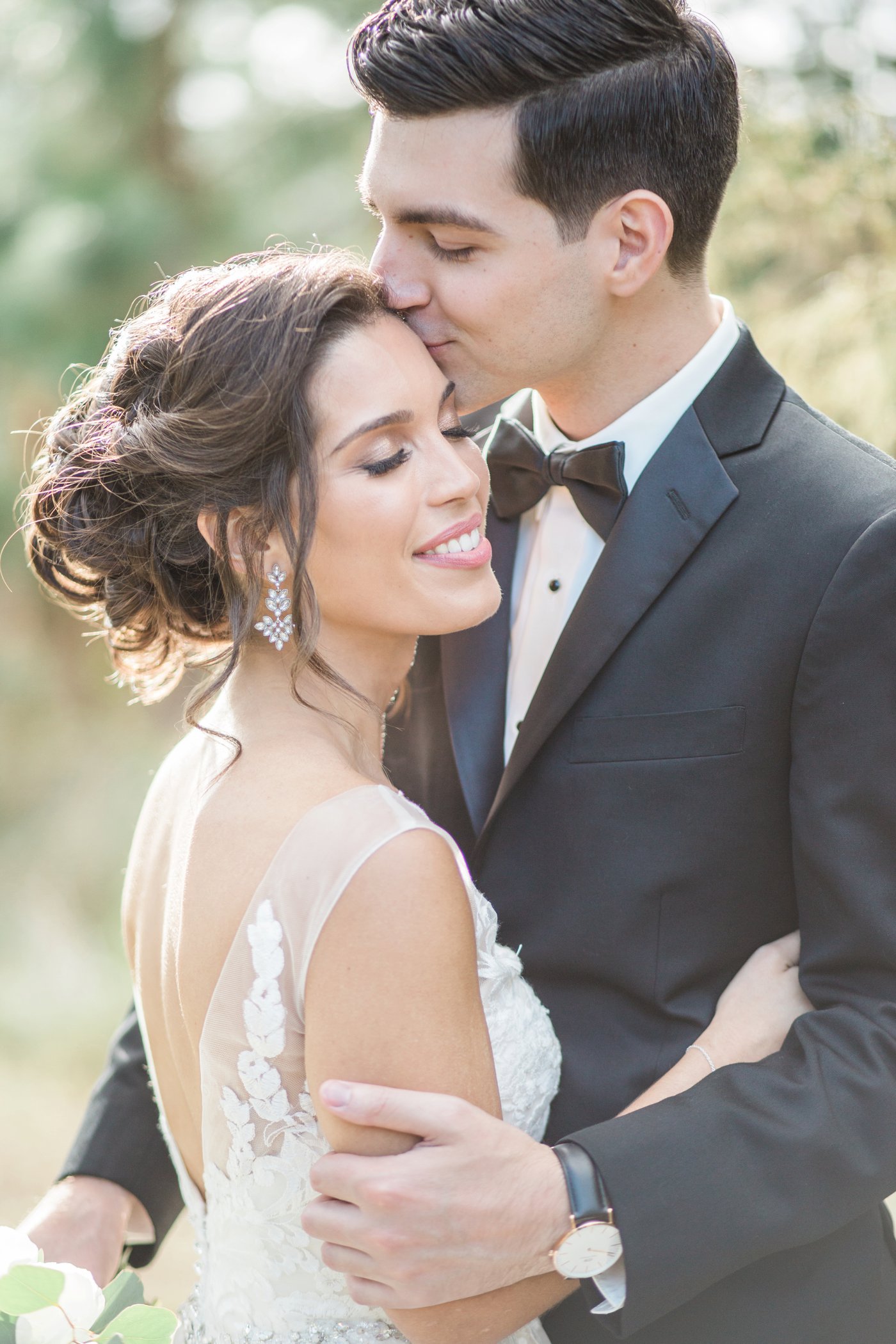There are so many things that a photographer must keep in mind when shooting. Especially wedding photographers. The majority of the day is made up of moments that cannot be reproduced. Moments that you are expected to capture. This isn’t a dress rehearsal, its the real deal holy field.
You are not expected to just capture a picture, Uncle Bob can do that, you are expected to capture a heart string pulling timeless image. Composition, exposure, framing all make up a awesome image. But all of that goes down the drain if your image is blurry. We aren’t talking about that intentional bokeh. We are talking about a blurry subject. The image is useless if its blurry.
One thing that we hear in many of our consultations with our couples when we ask them what they love about our work , they say
“We love how natural and crisp your images are”
Its obvious that it is important to our clients to know that their candid moments will be, not just captured, but that they will be captured in focus!
We’d like to start by saying that we definitely shoot blurry images from time to time. We aren’t perfect y’all. But we are all a work in progress but we are happy to share how we have gotten to this point.
First thing firsts, what makes a sharp image? There are three main things that contribute to a sharp image; shutter speed, aperture and focusing.
Shutter speed is very important when shooting a sharp image. If your shutter speed is to slow you will get motion blur. We like to keep our shutter speed at 125 frames per second or higher. I (Stephanie) personally like to keep my shutter speed at 200 frames per second and adjust the ISO as necessary to adjust for exposure. Especially during a wedding day! Its just one thing less to think about.

One thing we should share is that we have an obsession with prime lenses. We love them! We love to shoot wide open (1.4, 1.6, 1.8) for that pretty bokeh and prime lenses allow us to do just that. Our 50 1.2 is our go to lens on a wedding day. The depth of field is out of this world but it is so hard to control sometimes. Once we got that lens we started to really pay attention to our focusing. We started practicing at 2.8 and continued to widen the aperture once we mastered each stop. If you REALLY want to master your focusing skills, try practicing at 1.4 or 1.2.

Last but not least, the focus button. Practice practice practice. Practice is the only way you are going to build that muscle memory with your fingers. One of my biggest struggles was focusing right before taking the picture of a subject that wasn’t still. Sure I could nail it with detail shots but when it came to people, whom by nature are always moving, I struggled with focusing without a delay prior to actually snapping the picture. One trick is to use the back focus button on your camera. Although that works for Landon, I’m not coordinated enough for that lol. It feels like patting your head and rubbing your belly at the same time. I can’t do it! So what I do is that I don’t push down the shutter release button until I hear the focus beep. So I’ve opted to practice that instead of trying to push the back focus button and the shutter release button. You can practice with both and see which one you feel works best for you. Combine this with a wide aperture and you will be a sharp shooter in no time!
Lastly, something to keep in mind is that you will not nail every shot. Trust me, even we still get blurry images but you will never see them because we show the best of the best. But practice will definitely get your blurry image count down. We hope that this was helpful to you and we’d love to see your progress! You can email your before and after samples to education@thehendricksphoto.com .
